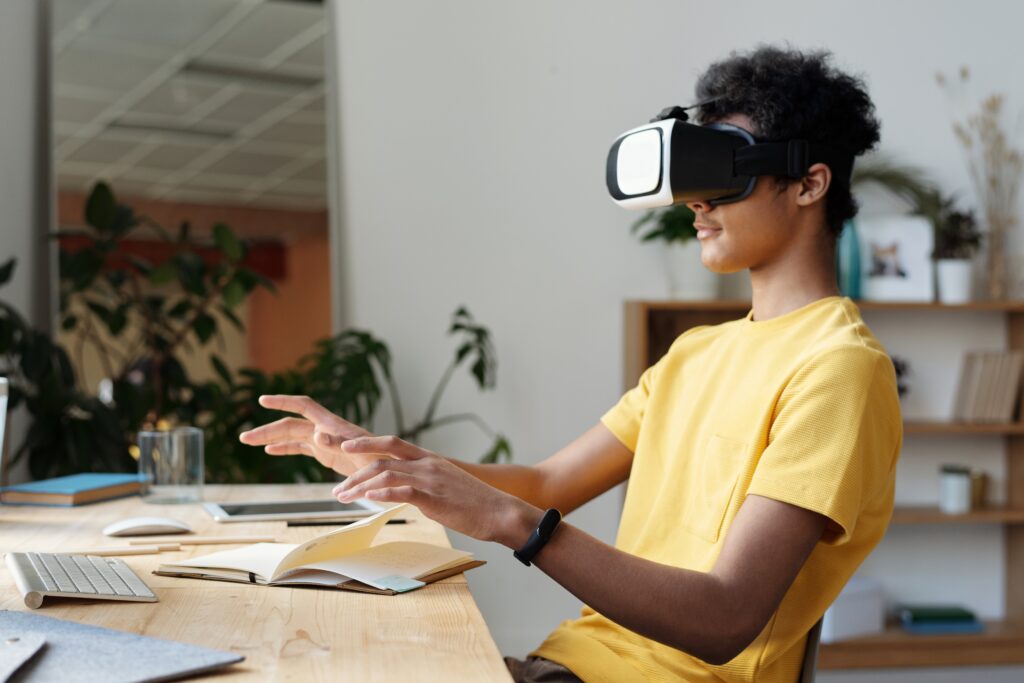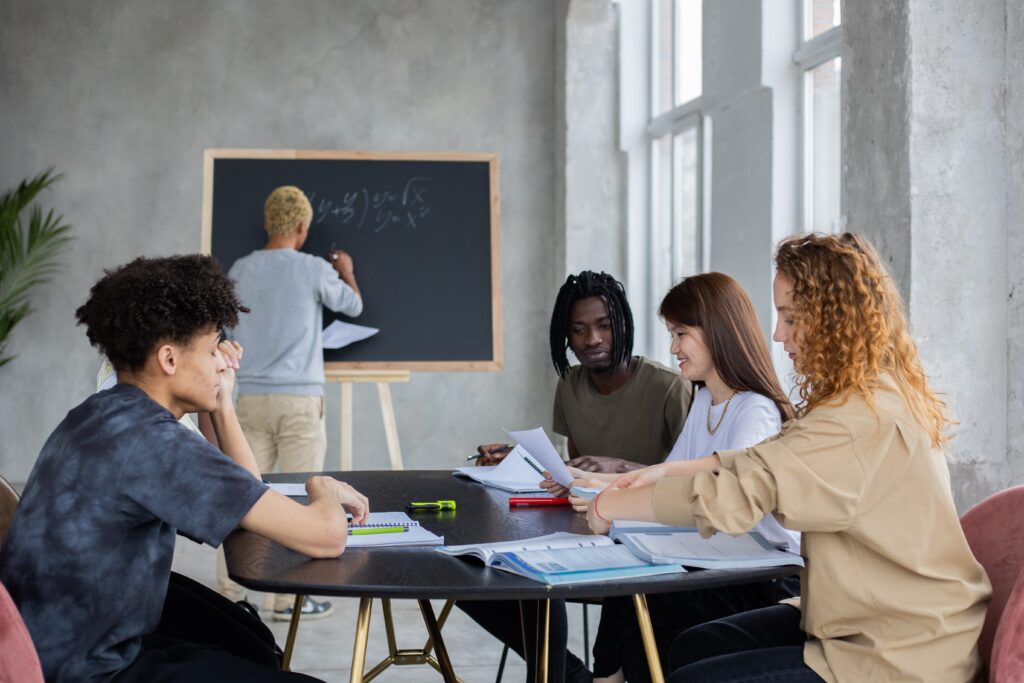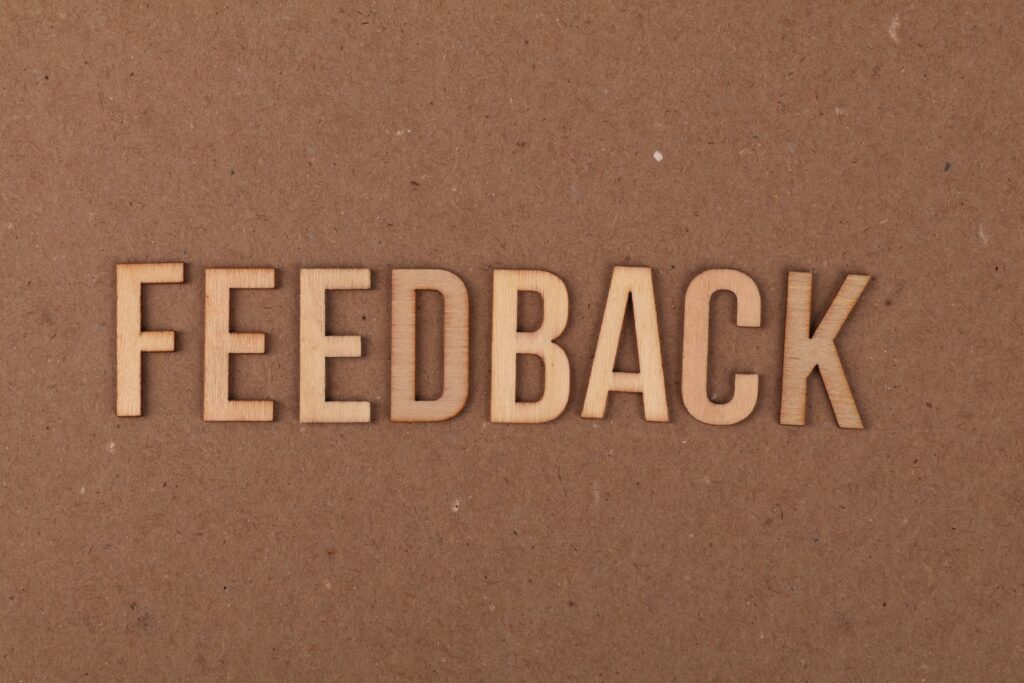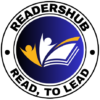Learning is a lifelong process that can be both challenging and rewarding. As educators, our goal is to equip our students with the necessary skills and knowledge to succeed in their academic and personal lives. However, with constantly evolving learning methods and an ever-changing educational landscape, it can be overwhelming to determine the most effective strategies for improving student learning outcomes. In this blog post, we will discuss practical tips that can help supercharge learning and ultimately lead to improved learning outcomes for students of all ages.
Understanding the Importance of Effective Learning Strategies
Effective learning strategies are essential for student success. These strategies help students develop critical thinking, problem-solving, and study skills. By understanding the importance of these strategies, educators can guide students toward more efficient and meaningful learning experiences. Effective learning strategies not only enhance academic performance but also contribute to personal growth and lifelong learning. Implementing these strategies can empower students to take control of their education and achieve their goals. So let’s explore some key learning strategies that can make a significant impact on student learning outcomes.

Engaging Techniques to Improve Focus and Retention
Engaging techniques are key to improving focus and retention in students. One effective technique is incorporating hands-on activities and real-world examples to make learning more relatable and interesting. Interactive discussions and group work also encourage active participation and keep students engaged. Additionally, using multimedia resources, such as videos and interactive websites, can capture students’ attention and enhance their understanding of the material. By implementing these techniques, educators can create a dynamic and stimulating learning environment that fosters improved focus and retention.

The Power of Active Learning – Approaches and Tools
Active learning is a powerful approach that involves students actively participating in their own learning process. This can be achieved through various techniques such as problem-solving activities, collaborative projects, and hands-on experiments. By actively engaging with the material, students are able to make connections, think critically, and develop a deeper understanding of the subject matter. Tools like online simulations, virtual reality, and educational apps can also enhance active learning experiences. By incorporating active learning approaches and utilizing effective tools, educators can create a more dynamic and interactive learning environment that promotes better learning outcomes for students.

Integrating Technology for Enhanced Student Learning
In today’s digital age, integrating technology into the learning process has become crucial for enhanced student learning. Technology provides students with access to a wide range of resources, interactive platforms, and educational apps that can support their learning journey. From virtual field trips to online simulations, technology allows for more dynamic and immersive learning experiences. By integrating technology effectively, educators can cater to different learning styles, foster creativity, and promote collaboration among students, ultimately leading to enhanced learning outcomes.

Fostering a Positive and Inclusive Learning Environment
Creating a positive and inclusive learning environment is essential for student success. By promoting respect, empathy, and collaboration, educators can foster an atmosphere where all students feel valued and supported. Encouraging open communication, active listening, and embracing diversity can also contribute to a positive learning environment. When students feel safe and accepted, they are more likely to actively engage in their learning, share ideas, and develop a sense of belonging. A positive and inclusive learning environment sets the stage for improved learning outcomes and lifelong personal growth.

Monitoring Progress and Providing Constructive Feedback
As educators, it’s important to regularly monitor student progress and provide constructive feedback. By regularly assessing their understanding, we can identify areas for improvement and provide targeted guidance. Constructive feedback should be specific, highlighting both strengths and areas that need development. By providing feedback in a supportive and constructive manner, we can empower students to take ownership of their learning and make the necessary adjustments. Regularly monitoring progress and providing constructive feedback helps students stay on track and achieve improved learning outcomes.


Nice write up. Kudos.
This was very useful and educative. Thank you very much
Very insightful, helpful and educative. Really nice post. Respect sir 👍👌
Very great post, really insightful and educative. Great work sir. Respect Sir 👌👍